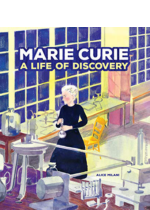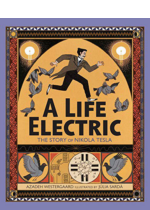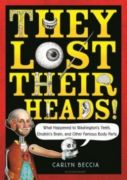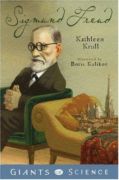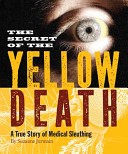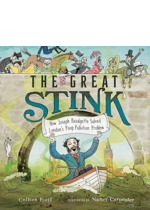
It’s the summer of 1858, and London’s River Thames STINKS. What is creating this revolting smell? The answer is gross: the river is full of poop.
But the smell isn’t the worst problem. Every few years, cholera breaks out, and thousands of people die. Could there be a connection between the foul water and the deadly disease?
One engineer dreams of making London a cleaner, healthier place. His name is Joseph Bazalgette. His grand plan to create a new sewer system to clean the river is an engineering marvel. And his sewers will save lives. Nothing stinky about that.
With tips for how to prevent pollution today, this fascinating look at science, history, and what one person can do to create change will impress and astound readers who want to help make their planet a cleaner, happier place to live.
